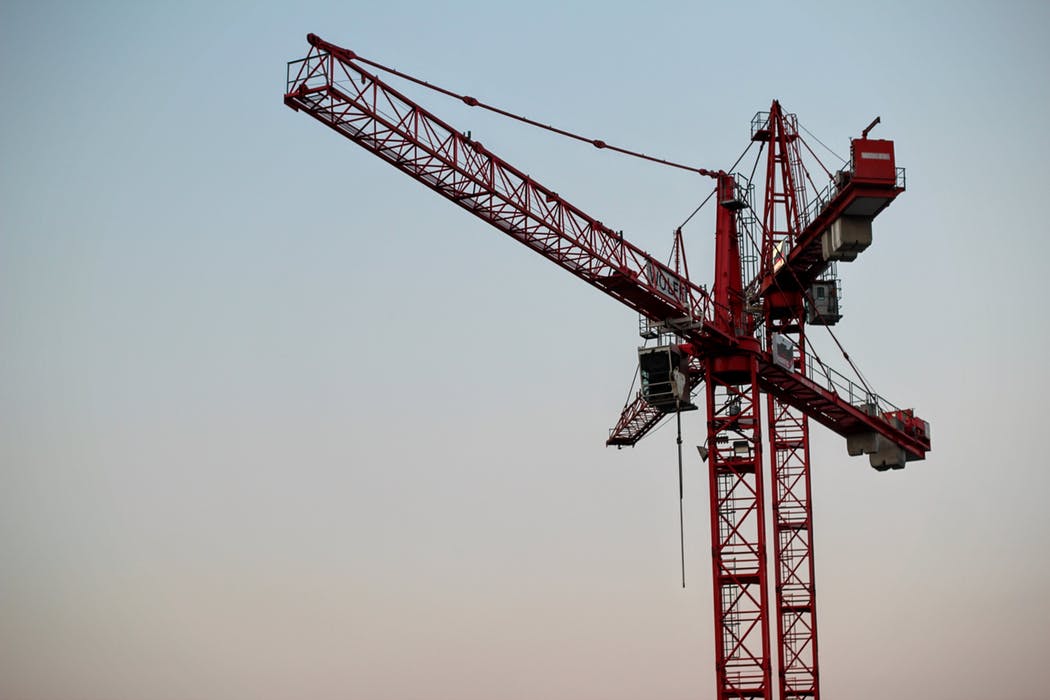
6 Key Markers for a Safe Scaffold Design
What makes a standard scaffold design a safe structure for individual operators to utilise?
Whether they are positioned on professional worksites or for residential areas for those around-the-house jobs, there are consistent themes and patterns that outline their credibility.
We will delve into 7 of those markers, helping to establish which brands meet best practice guidelines and those units that could place participants at risk of injury.
1) Strong Materials
Steel and aluminum reign supreme for those users who want to be able to access a standard scaffold design. These brands are able to showcase a degree of durability, strength and elasticity that makes for a perfect framework for professionals and DIY workers respectively. There are some other materials that could be deemed suitable under unique circumstances, identifying glass fibre, polyester and nylon as alternatives that can be sourced. With the aid of sound bracing, they will withstand severe weather conditions.
2) Safe Establishment & Dismantling Process
A scaffold design is developed with three essential components – the ledgers, the standards and the transoms. There are intricacies involved at each phase with some universal principles for erecting the structure from scratch. The easier this exercise is for the participants, then the safer the process will be for all parties. Users should embrace those outlets who offer easy to use materials that can be erected, dismantled and transported from one location to the next without any ongoing complications. The more components there are the longer the establishing phase, the higher the risk of a collapse.
3) Clear Weight Loading Markers
Many examples of a scaffold failure will be traced to an overbearing of weight placed on the planks. These structures can withstand a number of participants and items being used simultaneously, but there are limits. This is where clients need to be informed about what constitutes a light duty, medium duty or heavy duty structure, offering clarity for those who might want to push the envelope or expedite a project. As the measurements and figures are published on the side of the item, men and women will understand exactly how many kilograms the unit can hold before it will be compromised.
4) Right Scaffold Format
What works for one industry with a safe scaffold design does not always compute for another set of professionals. Thanks to a range of branded innovations, there are varieties that speak to the need to maneuver freely or to remain static in a high-rise environment. This is showcased through the different types of construction that are on hand: seeing single, double, trestle, patented, suspended and cantilever units being manufactured. Each format should come complimentary with harness links and guardrails where required, ensuring that no one can slide off the planks.
5) Applied Within Professional & Trained Space

The final marker that signifies a safe scaffold design has less to do with the physical object and more of an emphasis on those individuals who utilise the item. Under most conditions these products will be leveraged on worksites for construction workers, builders, carpenters, painters, window fitters, electrical engineers and other specialists who have gone through the training and industry standard protocols. Yet there are still DIY homeowners who are able to have an education to be licensed and prepared for these projects, partaking in specified training courses for scaffolding.
6) Ground Level Focus
With the aid of adjustable base plates and sole boards, a scaffolding structure is considered safe when there is a focus on ground level consistency. This will help to mitigate against an uneven terrain where soil or clay could decompose and suddenly leave the unit in a compromised position. Regular inspection intervals will help to avoid such an accident, but these plates and boards will work to provide that much needed scaffold stability for clients.


Sorry, the comment form is closed at this time.